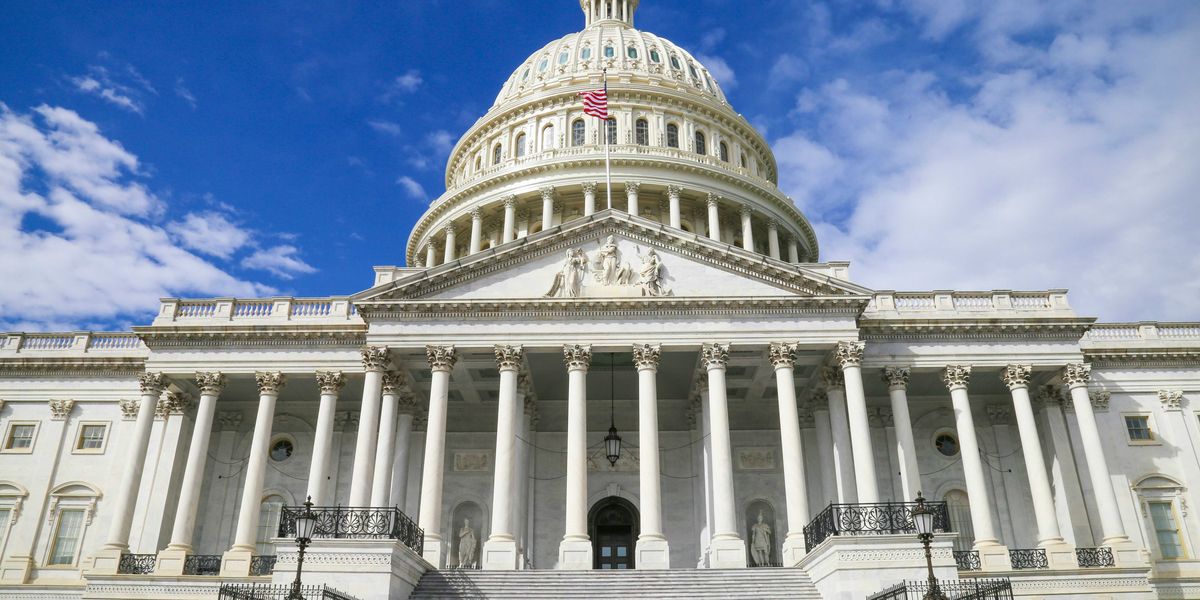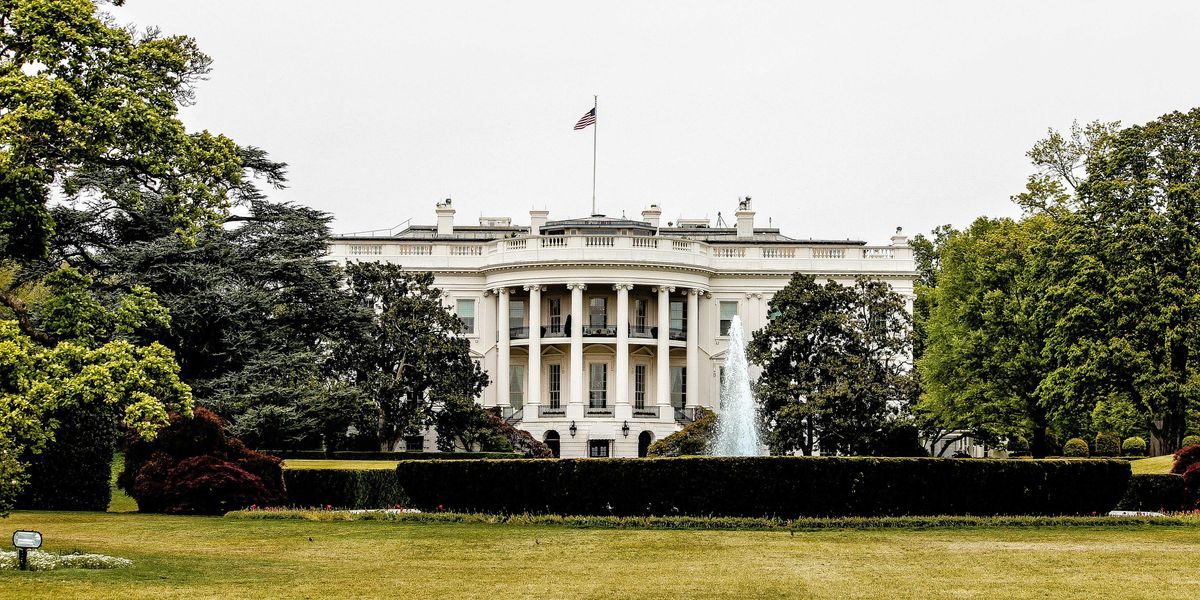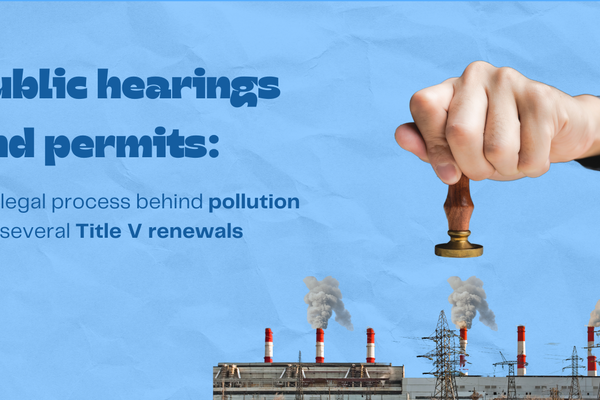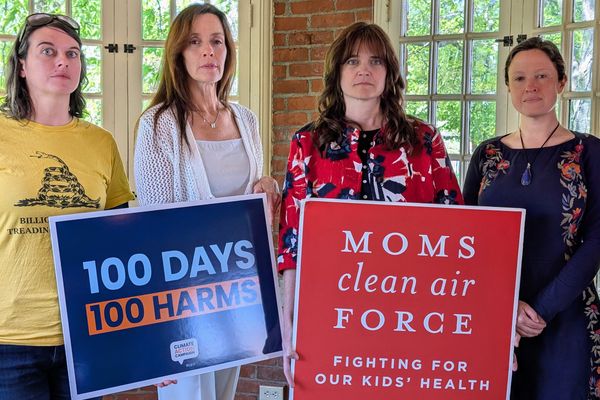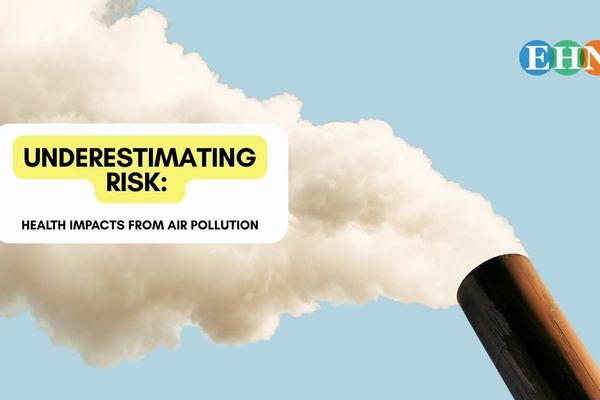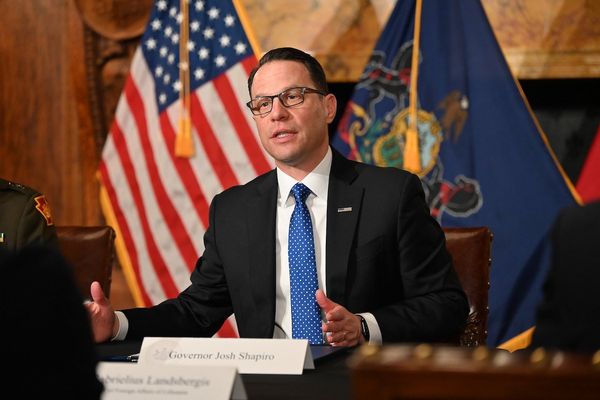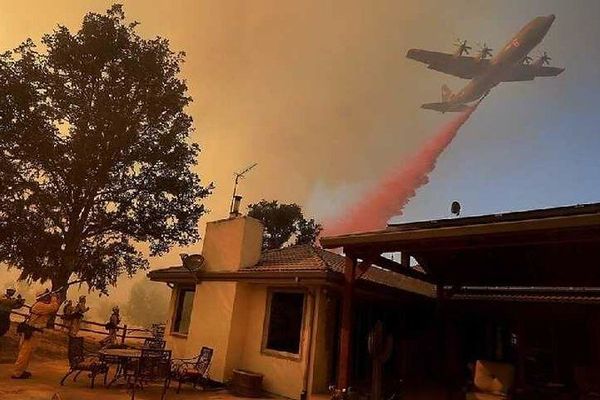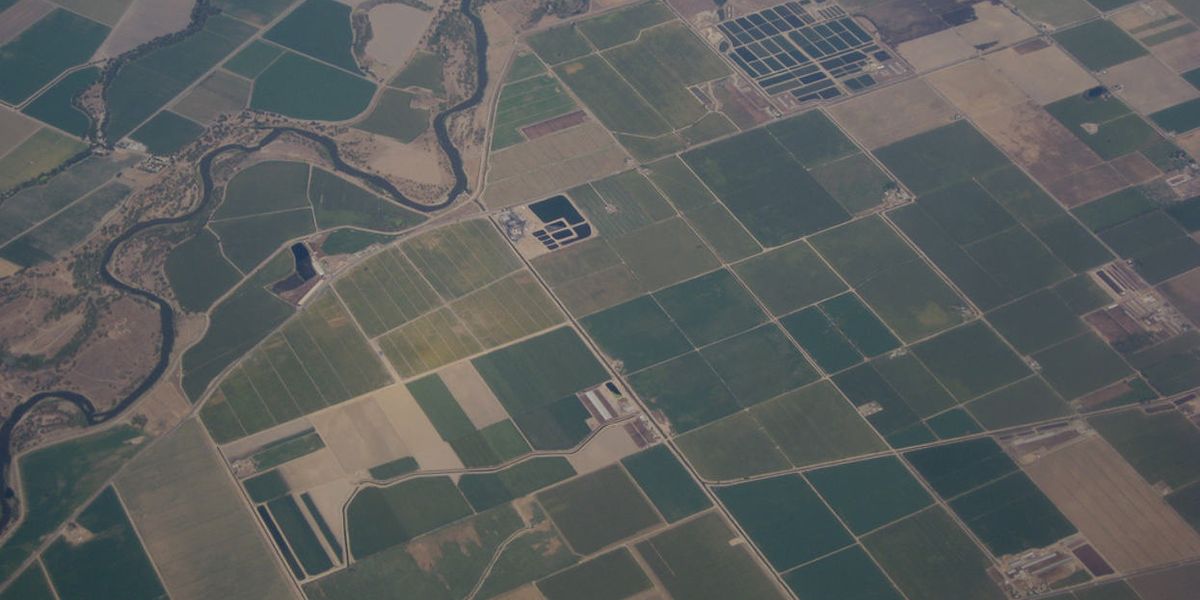
Fertilizer is fouling the air in California: Study
Due to heavy fertilizer use, California's Central Valley is behind up to 41 percent of the state's emissions of nitrogen oxide—an air pollutant and climate-warming gas
A large proportion of California's nitrogen oxide—which can cause harmful ozone and a variety of health impacts—comes from heavy fertilizer use in the state's Central Valley, according to a new study.
University of California, Davis, researchers reported today that as much as 41 percent of smog-causing nitrogen oxide emissions are coming from the state's Central Valley region, which grows more than half of US vegetables, fruits and nuts.
"The effect of large soil NOx emissions on air quality and human health remain unclear, but the magnitude of the flux alone raises concern about its potential impact, particularly in rural California," the authors wrote in the study published today in Science Advances journal.
Nitrogen oxides, a "family of air-polluting compounds," according to the study, are also pumped into the air via burning fossil fuels and car exhaust.
The pollutants spur ground level ozone, have been linked to asthma, other breathing problems and heart disease, and are a potent greenhouse gas. One pound of nitrous oxide—a common component of nitrogen oxide—has 300 times more climate warming impact than a pound of carbon dioxide, according to the U.S. Environmental Protection Agency.
The scientists collected data from flights over the farming region and analyzed it along with computer models.
They estimated between 25 percent and 41 percent of the state nitrogen oxide emissions come from farm soils that received nitrogen-based fertilizers.
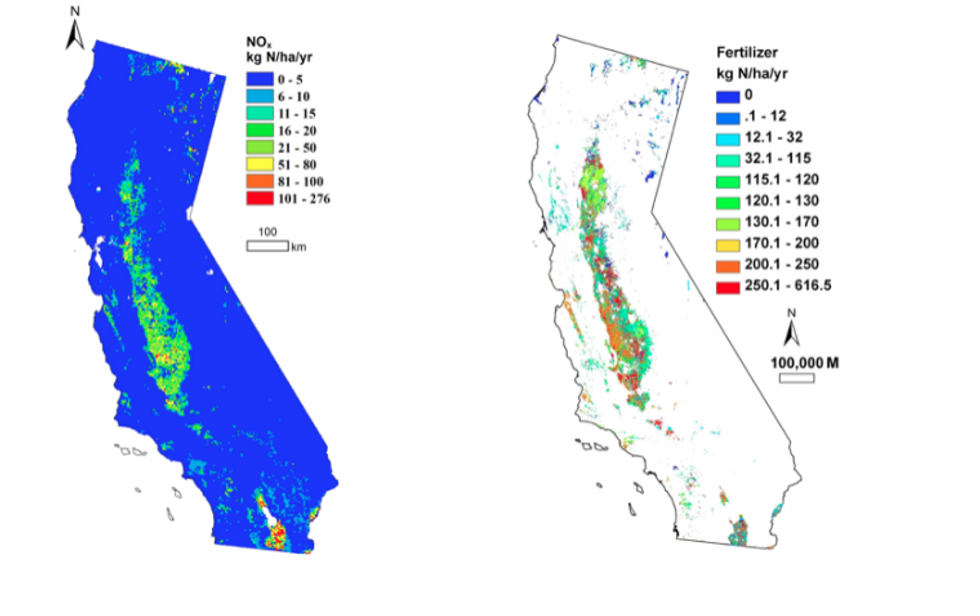
The fertilizers simulate soil microbes that can convert nitrogen, an essential plant nutrient, to nitrogen oxide.
About half of nitrogen-based fertilizers put on crops are actually absorbed by plants.
The study built upon 2012 research from the university that reported, since 1750, nitrous oxide levels have increased 20 percent, largely due to heavy fertilizer use over the past 50 years.
The authors didn't vilify fertilizers. "We need to increase the food we're making," said lead author Maya Almaraz, a postdoctoral fellow at UC Davis, in a statement. "We need to do it on the land we have. But we need to do it using improved techniques."
Almaraz and colleagues pointed to potential solutions, including slow-release fertilizers that reduce emissions, healthy soil efforts to bolster crops' uptake and retention of nutrients, and precision agriculture, which would mean more discriminate fertilizer application.
"It's critical that new policies focus on incentives to bring the latest nutrient management technologies to farms so that growers can produce food more efficiently, increasing their bottom line and improving rural health," said senior author Ben Houlton, a professor with the UC Davis Department of Land, Air and Water Resources, and director of the John Muir Institute of the Environment, in a statement.




